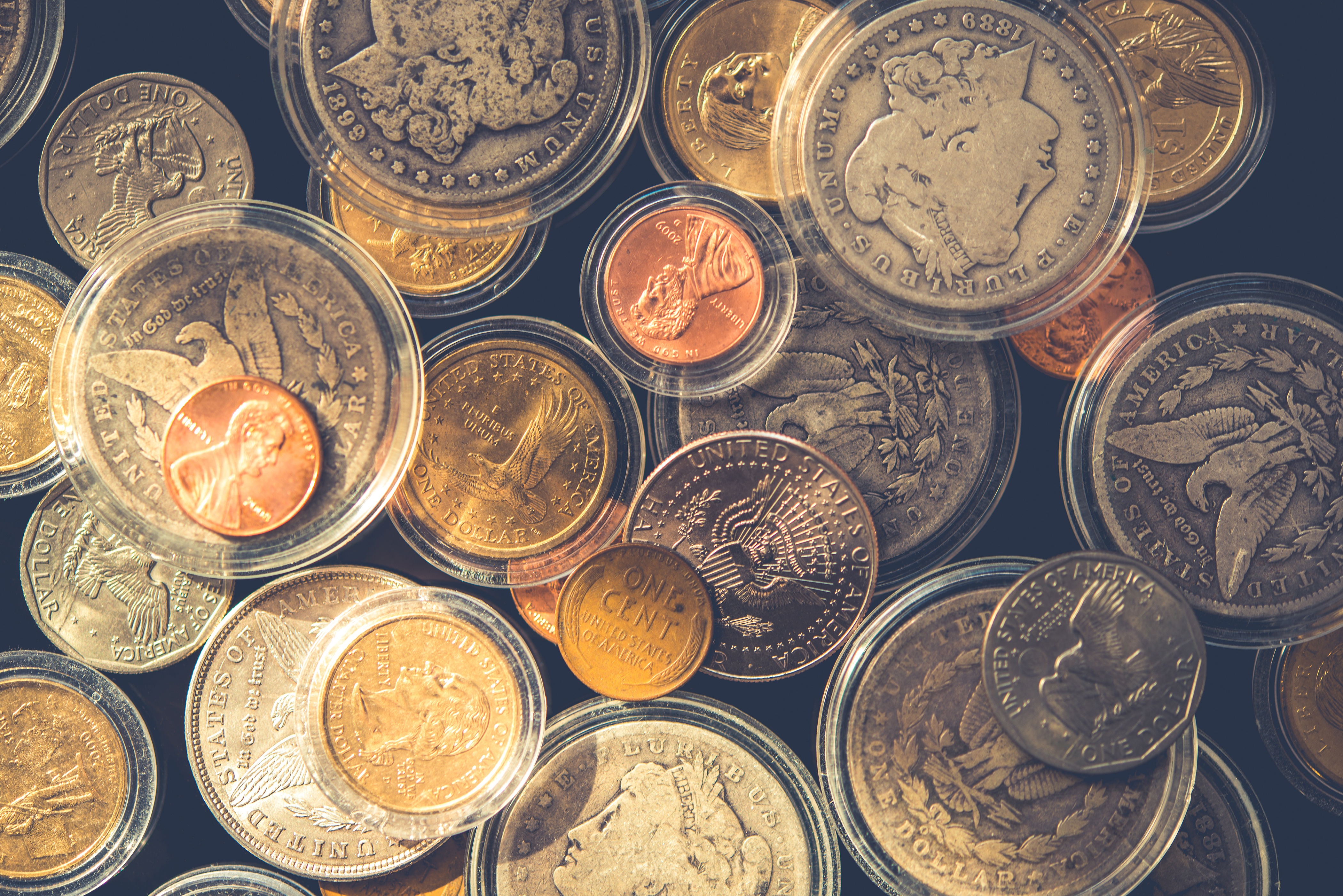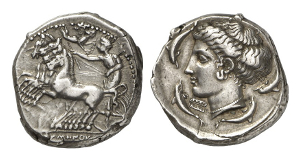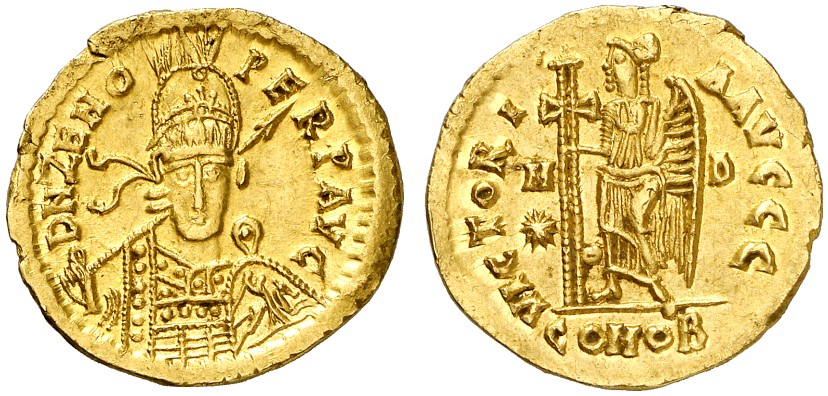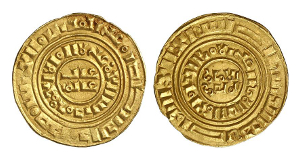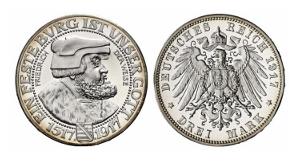Medieval coins (ca. 500-1500)
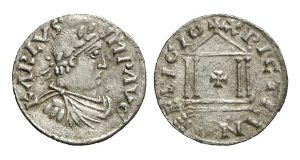 Medieval coins (ca. 500-1500)The Middle Ages spanned 1,000 years of European history, starting with the earliest chased coins of the German successor states of the Roman Empire during the Great Migration and ending with the coins of Emperor Maximilian I (1486-1519), the “last knight”.
Medieval coins (ca. 500-1500)The Middle Ages spanned 1,000 years of European history, starting with the earliest chased coins of the German successor states of the Roman Empire during the Great Migration and ending with the coins of Emperor Maximilian I (1486-1519), the “last knight”.
The Middle Ages opens up great opportunities for the collector. This area of collecting includes interesting types of coins of the era, which laid the foundations of modern European monetary and monetary affairs. Continue reading
The Great Migration of Nations (4th-6th centuries AD)
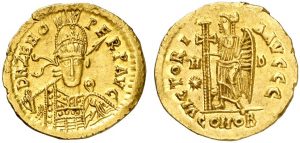 The prevailing idea that the hordes of barbarian peoples invaded the borders of the Roman Empire and thus caused its fall is outdated and no longer corresponds to the findings of modern historical science. First, a large number of Germans were in the (military) service of the Roman Empire even before the so-called. the migration of peoples, and, secondly, it is not a question of homogeneous ethnic tribes, but rather of mixed alliances concluded for specific purposes. These alliances and opposed the troops of the late ancient states. Continue reading
The prevailing idea that the hordes of barbarian peoples invaded the borders of the Roman Empire and thus caused its fall is outdated and no longer corresponds to the findings of modern historical science. First, a large number of Germans were in the (military) service of the Roman Empire even before the so-called. the migration of peoples, and, secondly, it is not a question of homogeneous ethnic tribes, but rather of mixed alliances concluded for specific purposes. These alliances and opposed the troops of the late ancient states. Continue reading
Byzantine coins (ca. 500-1453)
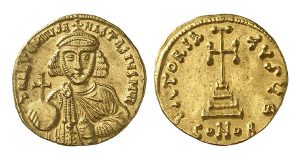 The fall of the Roman Empire was in the late Middle Ages, at least in the east of Europe. After the death of Emperor Theodosius I in 395, the Roman Empire was divided into two parts, and in its eastern part a “Byzantine Empire” was formed, the name of which comes from the original name of the capital “Byzantium”. At the same time, the “Byzantine” empire became known only in the historical science of modern times. The Byzantines themselves always considered and called themselves “Romans” and never “Byzantines”. Continue reading
The fall of the Roman Empire was in the late Middle Ages, at least in the east of Europe. After the death of Emperor Theodosius I in 395, the Roman Empire was divided into two parts, and in its eastern part a “Byzantine Empire” was formed, the name of which comes from the original name of the capital “Byzantium”. At the same time, the “Byzantine” empire became known only in the historical science of modern times. The Byzantines themselves always considered and called themselves “Romans” and never “Byzantines”. Continue reading
Roman coins (III century BC – V century AD)
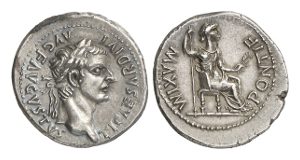 The Roman Empire dominated most of the ancient world known to us for over 500 years and exerted a decisive influence on the economy, art and culture of Europe in subsequent centuries. In the area of coin minting and in money making in general, the Romans also laid the foundations for their subsequent development.
The Roman Empire dominated most of the ancient world known to us for over 500 years and exerted a decisive influence on the economy, art and culture of Europe in subsequent centuries. In the area of coin minting and in money making in general, the Romans also laid the foundations for their subsequent development.
The most ancient Roman coins were cast in bronze (the so-called “heavy bronze”, Aes grave), and the image on them contained an indication of dignity in assa (the ass was equal to one pound) and ounces (1/12 assa). Continue reading
Greek coins (VII-II century BC)
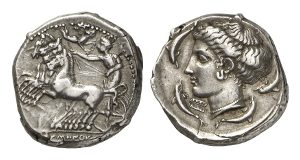 In ancient Greece, the fundamental foundations of the development of European civilization were laid. The cultural achievements of the “classical time” (ca. 500-363 / 323 BC) include not only the formation of Athenian democracy, but also monumental buildings (the Acropolis), important historical documents (Herodotus), and large-scale sports events (Olympiad), relevant to this day. Continue reading
In ancient Greece, the fundamental foundations of the development of European civilization were laid. The cultural achievements of the “classical time” (ca. 500-363 / 323 BC) include not only the formation of Athenian democracy, but also monumental buildings (the Acropolis), important historical documents (Herodotus), and large-scale sports events (Olympiad), relevant to this day. Continue reading

